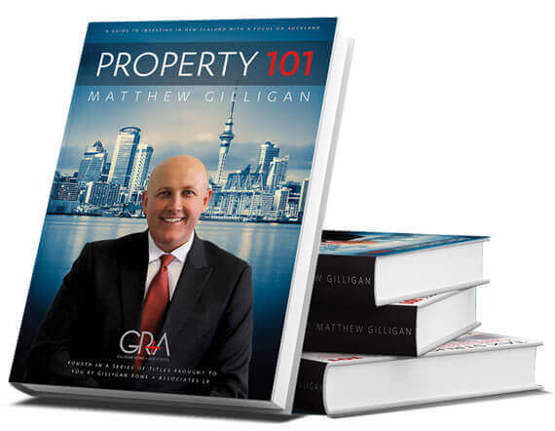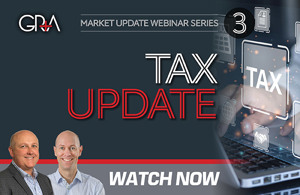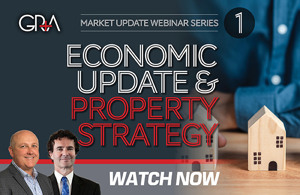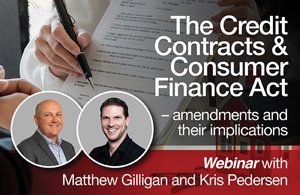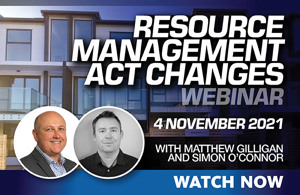
Money Personalities
It's essential to know your own money personality. It can either help you climb up the wealth ladder or take you to the bottom of the deep, dark, blue sea. If you missed this topic in our previous blog click here and check what money personality you have.
Risk Profiles
When it comes to investing, most people understand the market they've invested in could go up or down. In other words, there is always a degree of volatility in the market. Volatility is how your investment may fluctuate rather than the potential of the complete loss of your invested capital. Some people are willing to accept this volatility. For others, however, their willingness to accept this risk is low. This is what a risk profile is all about. It signifies your tolerance to and acceptance of volatility. Just like it's vital to know your money profile, understanding your risk profile is also imperative as it will determine what investments (e.g. cash, shares, property, etc) are best for you.
Check below as to what your risk profile is.
- Conservative - You won't want to take on much risk at all. Because of this you accept the return on your investment will be low. The effects of inflation won't concern you much, providing your initial capital investment remains protected. Ultimately you're a very low risk taker.
- Moderately Conservative - You're still a low risk taker but you'll want to obtain better returns than what a conservative investor would seek. Whilst wanting better returns, you'll still want to protect your initial investments so won't be prepared to enter into more aggressive investment opportunities.
- Balanced - This person will be prepared to accept some risk in order to achieve the investment returns they require. You'll be interested in diversification and be willing to look at investments which take medium and long term to come to full fruition. If you fit into this category, you're a calculated risk taker with an average risk profile.
- Moderately Aggressive - You are prepared to accept ups and downs on your investment and incur moderate risk in order to obtain your required returns. You are likely to have the goal of accumulation of assets. Generally you're thought of as a high risk taker.
- Aggressive - If you have this risk profile you will be happy to tolerate volatility in order to achieve higher returns. Accumulating wealth will be more of a goal than capital protection. Often you will have a long time horizon. You'll be thought of as a high risk taker if you fit into this category.
Risk and Returns
One of the secrets of wise investing involves understanding the correlation between risk and return. The higher the risk, the greater the expected return on your investment. So if you have a high tolerance for risk, you'll expect to ride out the ups and downs of your investment and reap the rewards for sitting out those nail biting moments. Conversely, if you're a person with a low risk profile, you'll prefer to invest in things that give you steady growth and peace of mind. In return for this serenity, you'll expect to receive less return than someone who was willing to take on more investment risk.
Diversification
There's an old saying – never put all your eggs in one basket. Diversification is the epitome of this maxim. Put simply, diversification is about attempting to reduce risk. It's a secret all intelligent investors know and practice.
Ever wondered why street vendors sell hot dogs and gelato? It's because a person might feel like a hot dog on a cold day and only want to eat an ice-cream on a hot day. By selling both products, the street vendor caters to all markets and reduces their risk of losing money on any particular day.
When it comes to investment, diversification is about investing your money into different types of assets in the hope that if one investment loses money or the returns aren't as high as expected, the other investments you have will make up for those losses you've sustained or lower returns you've experienced.
Sensible investors not only diversify between different asset classes, but also within an asset class. For example, an investor may choose to have some cash around. They may then decide to have cash in a current savings account and in a fixed term deposit account. By undertaking diversification within the asset class of cash, they are able to have liquid funds immediately at their disposal and achieve a higher rate of interest by having some funds invested for a definitive period of time.
You might think when one market falls, all investment markets will fall. History, however, has shown that different markets rarely rise and fall at exactly the same time. Hence, if one of your investments doesn't do so well, diversification should help to moderate the effect on your total investment returns because another type investment will still perform.
Risk and Return Trade Offs
Clever investors appreciate the relationship between risk and return. Generally speaking, to achieve higher returns, you need to accept a higher risk of the loss of your capital invested or of returns not being achieved. This is because the assets that offer those high returns are usually more volatile than those producing low returns. Of course, you need to be aware of your risk profile to feel comfortable with what risk/return trade off you chose when making your investment choice.
One issue people frequently encounter is that their risk profile is at odds with their money objectives. For example, a person may have a low risk profile, have only a short time to invest and may want to achieve high returns on the capital they invest. This causes a conflict because an investment that is often recommended to generate high returns is share investing. Whilst shares have the potential for high returns, they are also an investment with a high chance of price volatility in the short term. Thus, the person with the low risk profile is being asked to undertake a higher risk investment. Consequently, a tension exists between a person's risk profile and the returns they seek.
Time, Risk and Return
Aside from the matters canvassed above, smart investors understand the secret of time and how this inter-relates to risk and returns. They take the time horizon into account when planning their financial goals. Investors who are young have time on their side. They tend to be willing to take on more risk when they invest because there will be time to make up for lost returns should their investments fall. Ultimately they have the time to ride through economic cycles and the volatility of the markets. Conversely, those investors who have less time to invest and see returns mature, will be more comfortable with taking a more conservative approach and taking on less risk because there simply isn't the time to make up for their investments failing to achieve the returns they seek.
Emotions
Finally, the savvy investor is acutely aware of their emotions and the danger of making decisions based on what they are feeling. Without a doubt, everyone wants to back a 'winner' and no one invests their hard earned gold with an objective of losing it or making minimal returns. Unfortunately, investments can't have a good day, every day. Markets move up and down. This means the value of your investment can differ from day to day.
Those investors who aren't aware of their emotions base their investment decisions on their feelings. More often than not, they react to how they feel their investment is performing rather than sticking with their chosen investment strategy. When an investor makes a decision based upon their feelings and mood, it can result in an incorrect decision being made. By way of illustration, an investment that may have done well historically could fall in value for a period of time. This may cause an investor to feel despondent. Consequently they make the decision to sell their investment when in fact they should have just stayed the course and held their investment.
Warren Buffet is acutely aware of the danger of basing investment decisions on emotions. He is known for saying "we simply attempt to be fearful when others are greedy and greedy when others are fearful". What he was pointing out was his consciousness of the emotive cycle investors go through.
Most investors start their emotional journey at the optimistic rail way station. As the returns on their investment rise, they travel through to the euphoria stage. At this point in the cycle, they will be thrilled to have made their investment. That feeling, however, quickly turns when markets start to fall. At this point in their journey, an inexperienced investor can move from feeling excited to anxious. Outright panic and despondency can set in and the investor can react to their feelings and sell their investment. This selling decision can be much to their peril. This is because markets do recover and when they regain their strength, the investment will start to increase its returns. Experienced investors will not permit this to occur. They will not react to their emotions. Instead, they will stay with their investment strategy. Thus, they will leave their despondency behind and move to feeling optimistic again as and when their investment returns begin to pick up.
Summary
Above are some considerations investors should think about when it comes to investing. In part 2 of my blog on the secrets of wise investing, I will touch on the different investment choices an investor can make and some things they should consider about those investments prior to them spending their gold.

The Professional Trustee Team
Did you like this article? Subscribe to our newsletter to receive tips, updates and useful information to help you protect your assets and grow your net worth. We're expert accountants providing expert advice to clients in NZ and around the world.
Disclaimer: This article is intended to provide only a summary of the issues associated with the topics covered. It does not purport to be comprehensive nor to provide specific advice. No person should act in reliance on any statement contained within this article without first obtaining specific professional advice. If you require any further information or advice on any matter covered within this article, please contact the author.
Comments
Testimonials
Awesome! Great team, always make themselves available to help.
- Gareth Ready, April 2024
Property 101by Matthew Gilligan
Investing in residential property?
Put this at the top of your reading list.
If you're investing in residential property, seeking to maximise your ability to succeed and minimise risk, then this is a 'must read'.
Matthew Gilligan provides a fresh look at residential property investment from an experienced investor’s viewpoint. Written in easy to understand language and including many case studies, Matthew explains the ins and outs of successful property investment.
- How to find the right property
- How to negotiate successfully
- Renovation do's & don'ts
- Property management
- Case studies and examples
- and much, much more...

